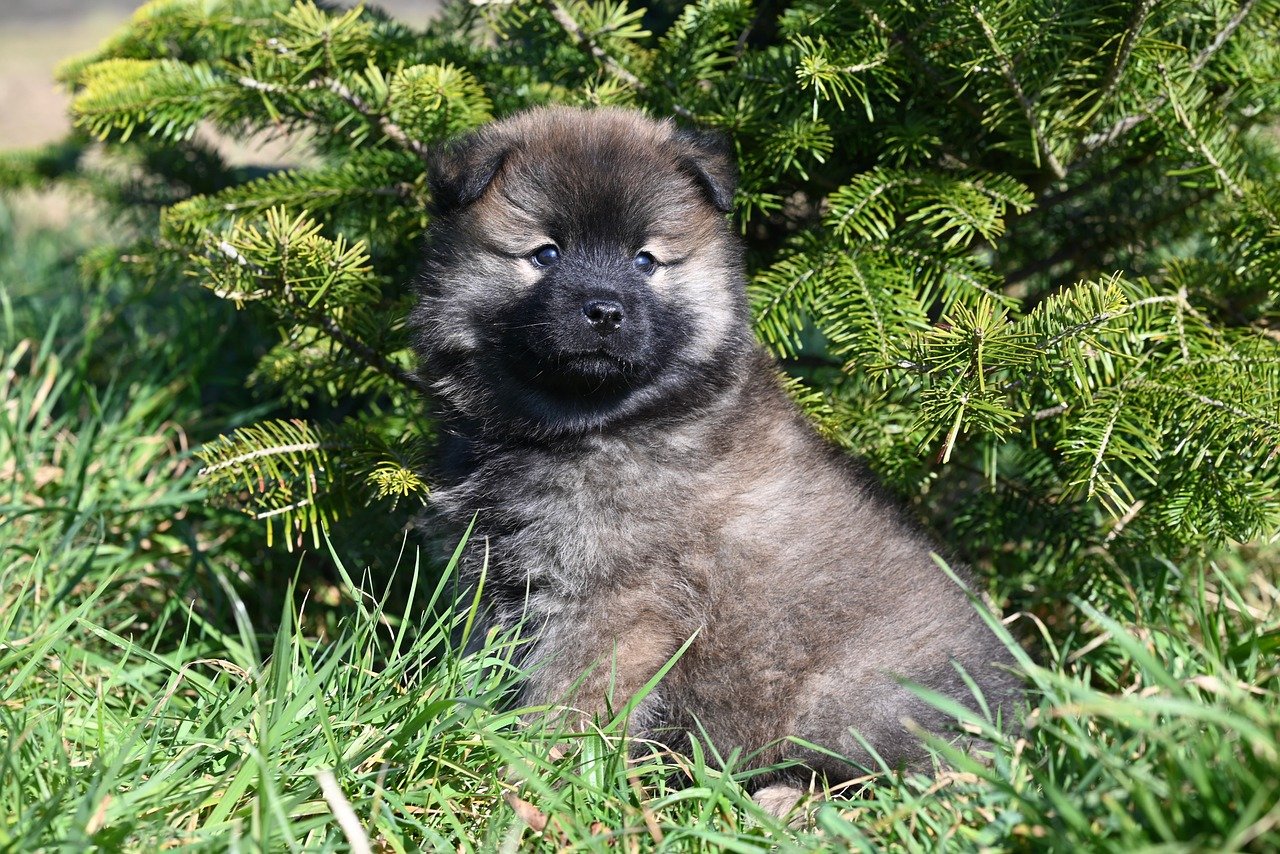Fun-filled Guide: Teaching Kids The Art of Dog Training
Dogs make great companions, especially for kids. They are our best friends, protectors, and sources of endless joy. However, they also require plenty of care, which includes training. Training your canine friend is not only essential for keeping them disciplined but also aids in strengthening your bond with them. For kids, their involvement in training dogs can foster valuable life skills like responsibility, patience, and empathy.
Including children in dog training responsibilities is a substantial task that requires adequate planning and perspective. Let’s dive into the fundamental strategies for successful dog training for kids.

Understanding Your Dog
Before embarking on any training, the essential requirement is understanding your furry friend. Kids must learn that dogs are not human beings and do not necessarily respond in the same way we do. It’s crucial to learn their unique ways to communicate, starting from understanding their different barking tones to reading their body language. Since dogs mostly communicate using body language, learning to read their signals will give kids an edge in training and managing them humanely.
Basic Dog Training Commands
Next, we should consider which commands to teach. Effective dog training begins with basic commands like “Sit,” “Stay,” “Come,” “Down,” and “Leave it.” When kids master these instructions, managing the dog becomes less stressful, and safety is enhanced. Instructing these effectively ensures the welfare of both the child and the dog.
Using Treats and Positive Reinforcement
Ever wondered why dogs seem to be so happy during training? It’s because of a technique called positive reinforcement. For every good behavior displayed by the dog during training, the handler rewards the dog with a treat or praise. This technique encourages dogs to repeat the behavior over time because they associate it with positive rewards.
Patience and Consistency
Dog training, like other forms of education, requires patience. Dogs, especially puppies, can be easily distracted and may not grasp commands instantly. Kids should be taught to remain patient and not to shout at or lose their cool with the dog. Similarly, consistency in using commands is important for effective training.

Safety Factors
Children must be made aware of safety measures when dealing with dogs, even friendly ones. They should always approach dogs from the front, let the dogs sniff their hand, and avoid hugging or getting too close to the dog’s face. Children should also be taught not to disturb dogs when they are eating or sleeping to avoid any aggressive response.
Frequently Asked Questions
Why is consistent training important?
Consistent training aids in retaining what the dog has learned. Continuous repetition of commands helps your dog understand and adhere to them.
Which are the easiest commands to teach my dog?
The most straightforward commands that can be taught to most dogs are “sit,” “stay,” “come,” “down,” and “leave it”. These basic commands can greatly help in managing your dog.
Are there specific breeds easier to train?
While some breeds are reputed to be more intelligent or easier to train, any dog can be trained with patience and consistency.
Is it harmful to yell at a dog during training?
Yelling at dogs during training can lead to fear and anxiety in them. Instead, use a firm yet calm voice when issuing commands.
How often should a dog be trained?
Daily short sessions of 10 to 15 minutes are typically more valuable and effective than fewer longer sessions each week.
Conclusion
Dog training is a robust process that fosters a deep bond between children and their dogs. Through understanding, patience, consistency, and safety, kids can play a vital role in training their pets effectively. By being engaged in dog training, children not only learn the art of responsible pet ownership but also develop necessary life skills. Training dogs also becomes a fun and enriching activity for kids if approached in the right way. Remember, dog training is not a day’s task. It’s a beautiful journey that has its fair share of obstacles and rewards. Happy parenting to your little furry friend!



